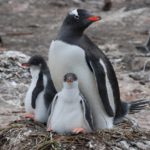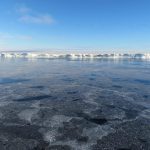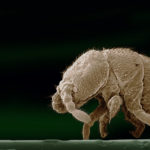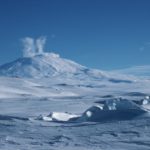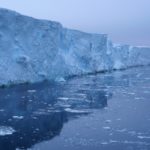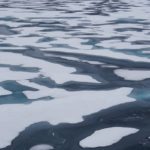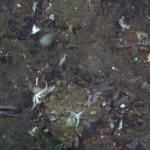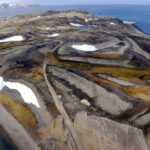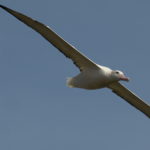Meteorological impacts of a novel debris-covered glacier category in a regional climate model across a Himalayan catchment
1 March, 2021 by Andrew Orr, Emily Potter
Many of the glaciers in the Nepalese Himalaya are partially covered in a layer of loose rock known as debris cover. In the Dudh Koshi River Basin, Nepal, approximately 25%…

